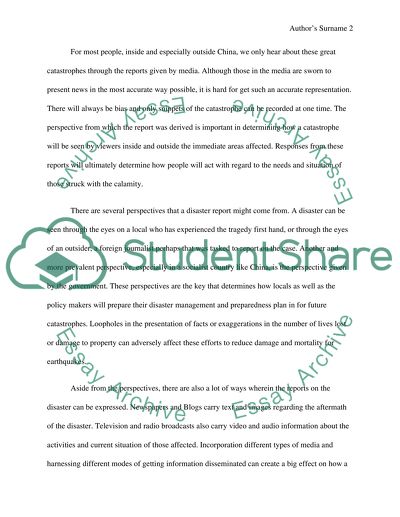Cite this document
(“Earthquakes in the Xi Chuan Province Research Paper”, n.d.)
Earthquakes in the Xi Chuan Province Research Paper. Retrieved from https://studentshare.org/journalism-communication/1480240-xi-chuan-earthquake
Earthquakes in the Xi Chuan Province Research Paper. Retrieved from https://studentshare.org/journalism-communication/1480240-xi-chuan-earthquake
(Earthquakes in the Xi Chuan Province Research Paper)
Earthquakes in the Xi Chuan Province Research Paper. https://studentshare.org/journalism-communication/1480240-xi-chuan-earthquake.
Earthquakes in the Xi Chuan Province Research Paper. https://studentshare.org/journalism-communication/1480240-xi-chuan-earthquake.
“Earthquakes in the Xi Chuan Province Research Paper”, n.d. https://studentshare.org/journalism-communication/1480240-xi-chuan-earthquake.


